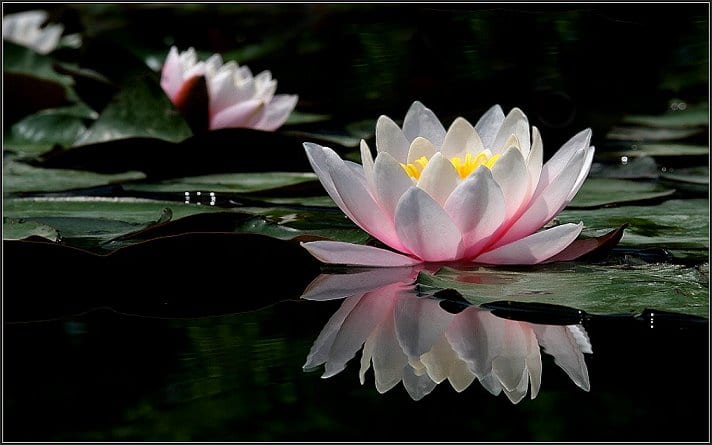All the aquatic plantsThey are those that need a large amount of water in their roots to live, so we generally find these plants living and adorning ponds and water gardens.
Aquatic plants, in addition to decorating, have other, diverse and important functions in ponds: they reduce algae, since they constantly oxygenate the water, prevent the water from overheating, that is, they allow the temperature to be maintained; they serve as a refuge for small fish, and also beautify our gardens.
We must remember that not all plants can be planted in a pond, so we must first know what the types of aquatic plants are.
Today we will start with deep sea aquatic plants. These types of plants need to have their roots in the ground, at a depth of up to 90 centimeters below the water, that is, their roots will be at the bottom of the pond while their leaves will float on the surface.
Among the most common deep-water plants are the Lily pads of the genus Nymphaea, the Sunrise, Cárnea, Blue Star, Wood's Blue Goddess, Nynphoides crenata, Nynphoides cristata, etc.
These types of plants should be planted in shady places, so that they do not receive the sun's rays directly. They should be potted initially and gradually lowered to the proper depth as they grow.
One of the advantages of having this species of aquatic plants in our water garden is that its leaves will shade and prevent algae from developing in the pond, since algae need the sun to proliferate. If these algae, you will always enjoy your crystal clear pond.

